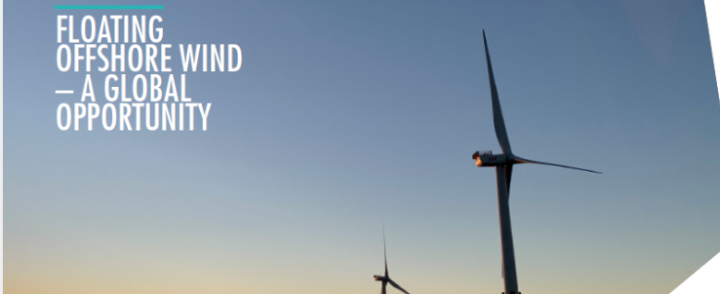Floating Offshore Wind – A Global Opportunity
To deliver net zero, the world faces a huge challenge. We must rapidly transition from high carbon energy sources to low carbon technologies such as wind power. Across the last thirty years we have seen the successful maturation of offshore wind. It is now recognised as a low cost, secure power source, able to underpin global action on decarbonisation.
Offshore wind is a low cost, reliable technology. It delivers significant economic benefits through manufacturing and operation, and importantly can be deployed rapidly at scale. Our global population is clustered around coastal locations, so offshore wind also offers a route to opening up access to renewable energy for a global population.
For many countries however, bottom-fixed is either not an option, or potential is limited. Deeper waters are the norm around most of our global coastline meaning that floating offshore wind is needed if these countries are to develop offshore wind.
Already we are seeing the emergence of floating offshore wind markets in a number of countries, with France, Japan, South Korea, Taiwan and the UK all moving to grow floating offshore wind, with policy making underway to drive this growth. However, behind this first round of countries backing floating offshore wind, which will be the next set of countries we see blazing a floating offshore wind path? This question sits at the heart of this study and work commissioned from Aegir Insights.
What is clear from this work is that to be a successful floating market, certain physical conditions need to be in place. Put simply, the wind needs to blow to make projects stack up commercially. That said, if a country has the right physical conditions, it still needs the right policies and regulations in place. Successful action to do this will mean countries leapfrogging others to deliver floating offshore wind, and potentially capturing the economic benefits that will come from being an early floating offshore wind adopter
Click here to download the report
Source: GWEC




